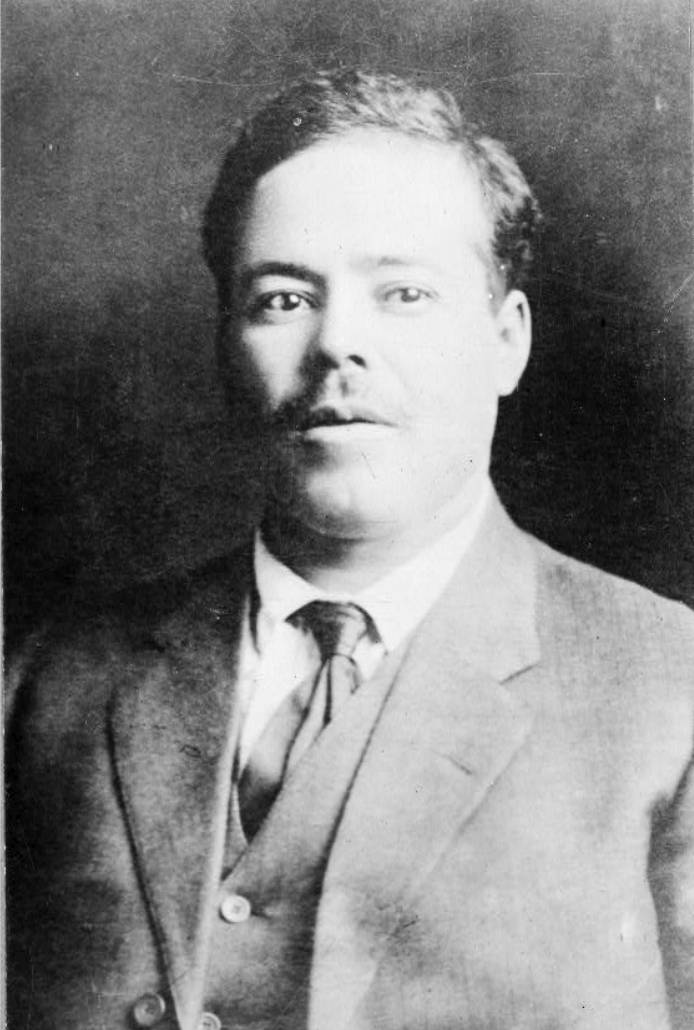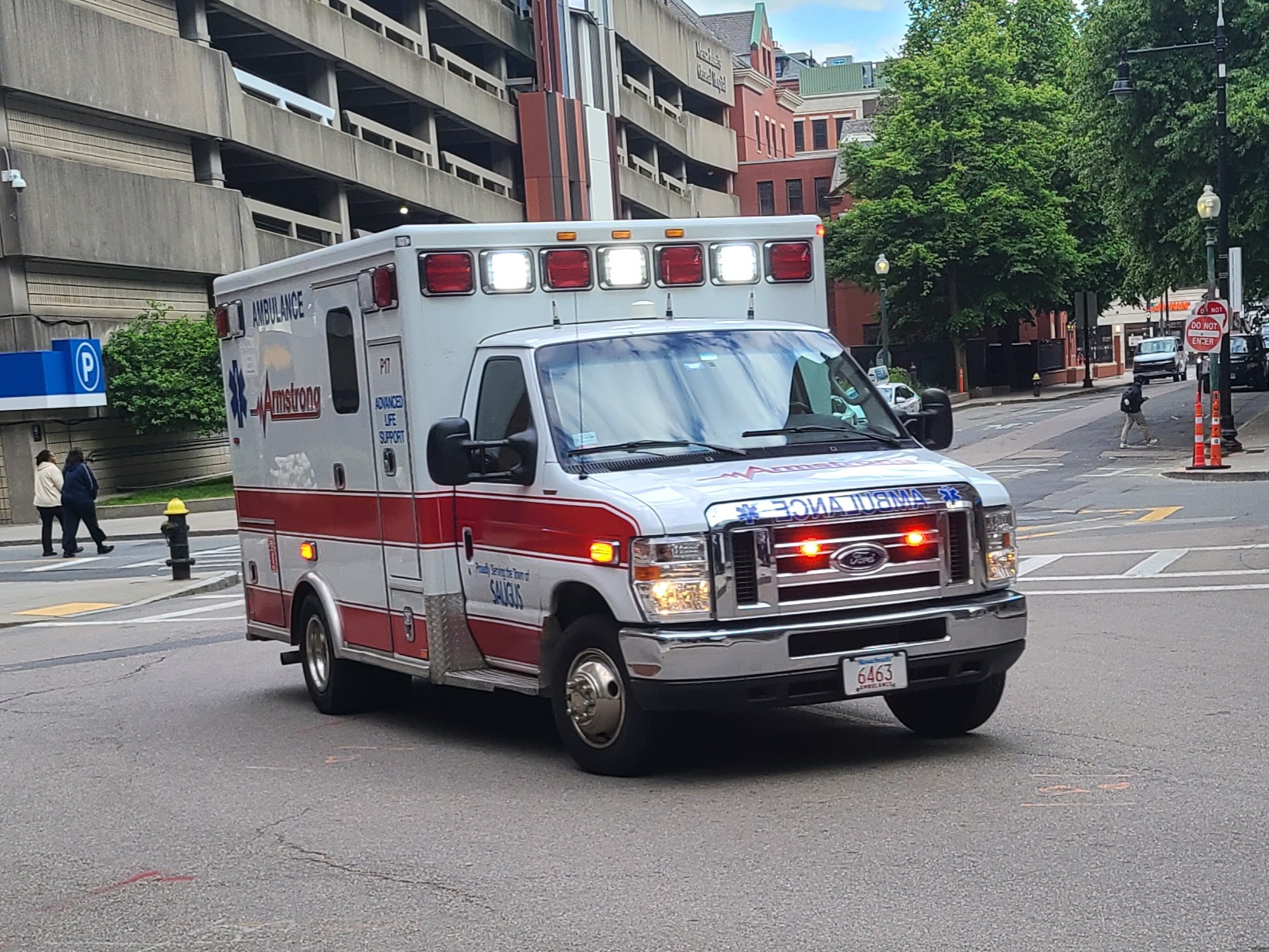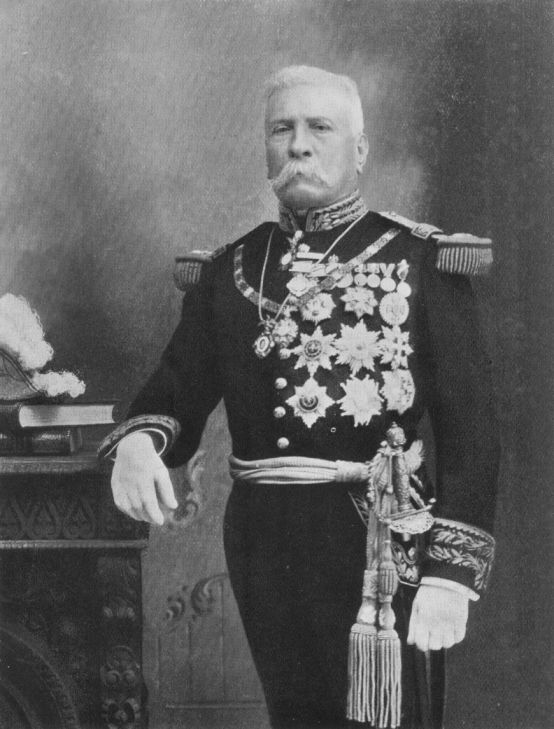|
División Del Norte
The División del Norte (English: Northern Division) was an armed faction formed by Francisco I. Madero and initially led by General José González Salas following Madero's call to arms at the outbreak of the Mexican Revolution in 1910. González Salas served in Francisco I. Madero's cabinet as Minister of War, but at the outbreak of the 1912 rebellion by Pascual Orozco, González Salas organized 6,000 troops of the Federal Army at Torreón. Orozquista forces surprised González Salas at the First Battle of Rellano. They sent an explosives packed train hurtling toward the Federales, killing at least 60 and injuring González Salas. Mutinous troops killed one of his commanders and after seeing the officer's body, González Salas committed suicide. The leadership of the division was then assigned to General Victoriano Huerta, who reorganized González Salas's remaining forces that had been defeated by Oroquistas. After Madero's overthrow in the counter-revolutionary coup th ... [...More Info...] [...Related Items...] OR: [Wikipedia] [Google] [Baidu] |
Pancho Villa
Francisco "Pancho" Villa ( , , ; born José Doroteo Arango Arámbula; 5 June 1878 – 20 July 1923) was a Mexican revolutionary and prominent figure in the Mexican Revolution. He was a key figure in the revolutionary movement that forced out President and dictator Porfirio Díaz and brought Francisco I. Madero to power in 1911. When Madero was ousted by a coup led by General Victoriano Huerta in February 1913, Villa joined the anti-Huerta forces in the Constitutionalist Army led by Venustiano Carranza. After the defeat and exile of Huerta in July 1914, Villa broke with Carranza. Villa dominated the Convention of Aguascalientes, meeting of revolutionary generals that excluded Carranza and helped create a coalition government. Emiliano Zapata and Villa became formal allies in this period. Like Zapata, Villa was strongly in favor of land reform, but did not implement it when he had power. At the height of his power and popularity in late 1914 and early 1915, the U.S. conside ... [...More Info...] [...Related Items...] OR: [Wikipedia] [Google] [Baidu] |
Battle Of Nogales (1915)
The Second Battle of Nogales was a three-sided military engagement of the Mexican Revolution, fought in November 1915 at the border towns of Nogales, Sonora, and Nogales, Arizona. On the morning of November 26, rebel forces of Pancho Villa, who occupied Nogales, Sonora, began firing on United States Army soldiers in Nogales, Arizona. The Americans responded with counter fire for over two hours before a force of Carrancistas (AKA Constitutionalistas) arrived to attack the Villistas. Later that day, the Constitutionalistas accidentally opened fire on American soldiers and another short skirmish was fought. The battle resulted in the deaths of several Mexicans and was the first significant engagement fought between Villistas and the United States military. Battle In November 1915, Pancho Villa was engaged in the major Battle of Agua Prieta, a battle he ultimately lost. Short on men and supplies, Villa sent a detachment to Nogales, Sonora, and the town was occupied without opposit ... [...More Info...] [...Related Items...] OR: [Wikipedia] [Google] [Baidu] |
Railroad
Rail transport (also known as train transport) is a means of transport using wheeled vehicles running in railway track, tracks, which usually consist of two parallel steel railway track, rails. Rail transport is one of the two primary means of land transport, next to road transport. It is used for about 8% of passenger and rail freight transport, freight transport globally, thanks to its Energy efficiency in transport, energy efficiency and potentially high-speed rail, high speed.Rolling stock on rails generally encounters lower friction, frictional resistance than rubber-tyred road vehicles, allowing rail cars to be coupled into longer trains. Power is usually provided by Diesel locomotive, diesel or Electric locomotive, electric locomotives. While railway transport is capital intensity, capital-intensive and less flexible than road transport, it can carry heavy loads of passengers and cargo with greater energy efficiency and safety. Precursors of railways driven by human or an ... [...More Info...] [...Related Items...] OR: [Wikipedia] [Google] [Baidu] |
Ambulance
An ambulance is a medically-equipped vehicle used to transport patients to treatment facilities, such as hospitals. Typically, out-of-hospital medical care is provided to the patient during the transport. Ambulances are used to respond to medical emergencies by emergency medical services (EMS), and can rapidly transport paramedics and other first responders, carry equipment for administering emergency care, and transport patients to hospital or other definitive care. Most ambulances use a design based on vans or pickup trucks, though others take the form of motorcycles, buses, hearses, aircraft and boats. Ambulances are generally considered emergency vehicles authorized to be equipped with emergency lights and sirens. Generally, vehicles count as an ambulance if they can transport patients. However, it varies by jurisdiction as to whether a non-emergency patient transport vehicle (also called an ambulette) is counted as an ambulance. These vehicles are not usual ... [...More Info...] [...Related Items...] OR: [Wikipedia] [Google] [Baidu] |
Ten Tragic Days
The Ten Tragic Days () is the name given to the multi-day coup d'état during the Mexican Revolution in Mexico City. It was staged by opponents of Francisco I. Madero, the democratically elected president of Mexico, between 9–19 February 1913. The coup instigated a second phase of the Mexican Revolution, after dictator Porfirio Díaz had been ousted and replaced in elections by Francisco I. Madero. The coup was carried out by general Victoriano Huerta and supporters of the old regime, with support from the United States. In the ten days of violence, the aim was to "create the illusion of chaos necessary to induce Madero to step down" from the presidency. Rebels led by General Félix Díaz (politician), Félix Díaz, nephew of ex-president Porfirio Díaz, and General Bernardo Reyes escaped from jail and rallied forces to overthrow President Francisco I. Madero. The coup was strongly supported by U.S. Ambassador to Mexico, Henry Lane Wilson, who was implacably opposed to Madero ... [...More Info...] [...Related Items...] OR: [Wikipedia] [Google] [Baidu] |
Federal Army
The Federal Army (), also known as the Federales () in popular culture, was the army of Mexico from 1876 to 1914 during the Porfiriato, the rule of President Porfirio Díaz, and during the presidencies of Francisco I. Madero and Victoriano Huerta. Under President Díaz, a military hero against the Second French intervention in Mexico, French Intervention in Mexico, the senior officers of the Federal Army had served in long-ago conflicts; at the time of the outbreak of the Mexican Revolution, most were old men, incapable of leading troops on the battlefield. When the rebellions broke out against Díaz following fraudulent elections in 1910, the Federal Army was incapable of responding. Although revolutionary fighters helped bring Francisco I. Madero to power, Madero retained the Federal Army rather than the revolutionaries. Madero used the Federal Army to suppress rebellions against his government by Pascual Orozco and Emiliano Zapata. Madero placed General Victoriano Huerta as int ... [...More Info...] [...Related Items...] OR: [Wikipedia] [Google] [Baidu] |
Pascual Orozco
Pascual Orozco Vázquez, Jr. (in contemporary documents, sometimes spelled "Oroszco") (28 January 1882 – 30 August 1915) was a Mexican revolutionary leader who rose up to support Francisco I. Madero in late 1910 to depose long-time president Porfirio Díaz (whose Porfiriato, eponymous era lasted from 1876 to 1911). Orozco was a natural military leader whose victory over the Federal Army at Ciudad Juárez was a key factor in forcing Díaz to resign in May 1911. Following Díaz's resignation and the democratic election of Madero in November 1911, Orozco served Madero as leader of the state militia in Chihuahua, a paltry reward for his service in the Mexican Revolution. Orozco revolted against the Madero government 16 months later, issuing the Plan Orozquista in March 1912. It was a serious revolt which the Federal Army struggled to suppress. When Victoriano Huerta led a coup d'état against Madero in February 1913 during which Madero was murdered, Orozco joined the Huerta re ... [...More Info...] [...Related Items...] OR: [Wikipedia] [Google] [Baidu] |
Francisco I
Francis I or Francis the First may refer to: People Kings and emperors * Francis I of France (1494–1547), King of France, reigned 1515–1547 * Francis I, Holy Roman Emperor (1708–1765), reigned 1745–1765 * Francis II, Holy Roman Emperor, also known as Francis I, Emperor of Austria, (1768–1835), reigned 1804–1835 * Francis I of the Two Sicilies (1777–1830), reigned 1825–1830 Dukes *Francis I, Duke of Brittany (1414–1450), reigned 1442–1450 * Francis I, Duke of Saxe-Lauenburg (1510–1581), reigned 1543–1571 * Francis I, Duke of Nevers (1516–1561), reigned 1539–1561 * Francis I, Duke of Lorraine (1517–1545), reigned 1544–1545 * Francesco I de' Medici, Grand Duke of Tuscany (1541–1587), reigned 1574–1587 * Francesco I d'Este, Duke of Modena (1610–1658), reigned 1644–1658 Others * Francesco I Gonzaga (1366–1407) * Francis I of Beauharnais (died 1587), leading noble of the French House of Beauharnais * Francis I Rákóczi (1645–1676), e ... [...More Info...] [...Related Items...] OR: [Wikipedia] [Google] [Baidu] |
Victoriano Huerta
José Victoriano Huerta Márquez (; 23 December 1850 – 13 January 1916) was a Mexican general, politician, engineer and dictator who was the 39th President of Mexico, who came to power by coup against the democratically elected government of Francisco I. Madero with the aid of other Mexican generals and the U.S. Ambassador to Mexico. Establishing a military dictatorship, his violent seizure of power set off a new wave of armed conflict in the Mexican Revolution. After a military career under President Porfirio Díaz and Interim President Francisco León de la Barra, Huerta became a high-ranking officer during the presidency of Madero during the first phase of the Mexican Revolution (1911–13). In February 1913, Huerta joined a conspiracy against Madero, who entrusted him to control a revolt in Mexico City. The Ten Tragic Days – actually fifteen days – saw the forced resignation of Madero and his vice president and their murders. The coup was backed by the German Empire as ... [...More Info...] [...Related Items...] OR: [Wikipedia] [Google] [Baidu] |
José González Salas
José González Salas (1862-1912) was a Mexican general who participated in the Mexican Revolution who was Secretary of War and Navy of Mexico twice throughout his career before committing suicide after the First Battle of Rellano. Early years He was born in Chihuahua City on March 19, 1862, as the son of José González Parra and Luz Salas de González. He married Herminia Trillo and had five children: Luz, Herminia, Salvador, José and Amelia. He studied at the Heroic Military Academy from January 9, 1881, to January 10, 1884, and graduated as a lieutenant of the staff of engineers. He immediately began to work in said school as a teacher; He reached the rank of lieutenant colonel of the facultative staff of engineers on July 15, 1898. In February 1901 he was commissioned by President Porfirio Díaz to go to Yucatán under the orders of General José María de la Vega and participate in the Caste War of Yucatán. For his performance in the war, he was promoted to colonel o ... [...More Info...] [...Related Items...] OR: [Wikipedia] [Google] [Baidu] |
Battle Of Ciudad Juárez (1919)
The Third Battle of Ciudad Juarez, or simply the Battle of Juarez, was the final major battle involving the rebels of Francisco "Pancho" Villa. It began on June 15, 1919, when Villa attempted to capture the border city of Ciudad Juarez from the Mexican Army. During the engagement the Villistas provoked an intervention by the United States Army protecting the neighboring city of El Paso, Texas. The Americans routed the Villistas in what became the second largest battle of the Mexican Revolution involving the US, and the last battle of the Border War. With the American army closing in, the Villistas had no choice but to retreat. Pancho Villa then attacked Durango but lost again, so he retired to his home at Parral, Chihuahua in 1920, with a full pardon from the Carrancista government. Background Following the Battle of Columbus and Gen. John J. Pershing's Mexican Expedition in 1916 and 1917, Pancho Villa's army was scattered across northern Mexico, but by 1918 he had a ... [...More Info...] [...Related Items...] OR: [Wikipedia] [Google] [Baidu] |







